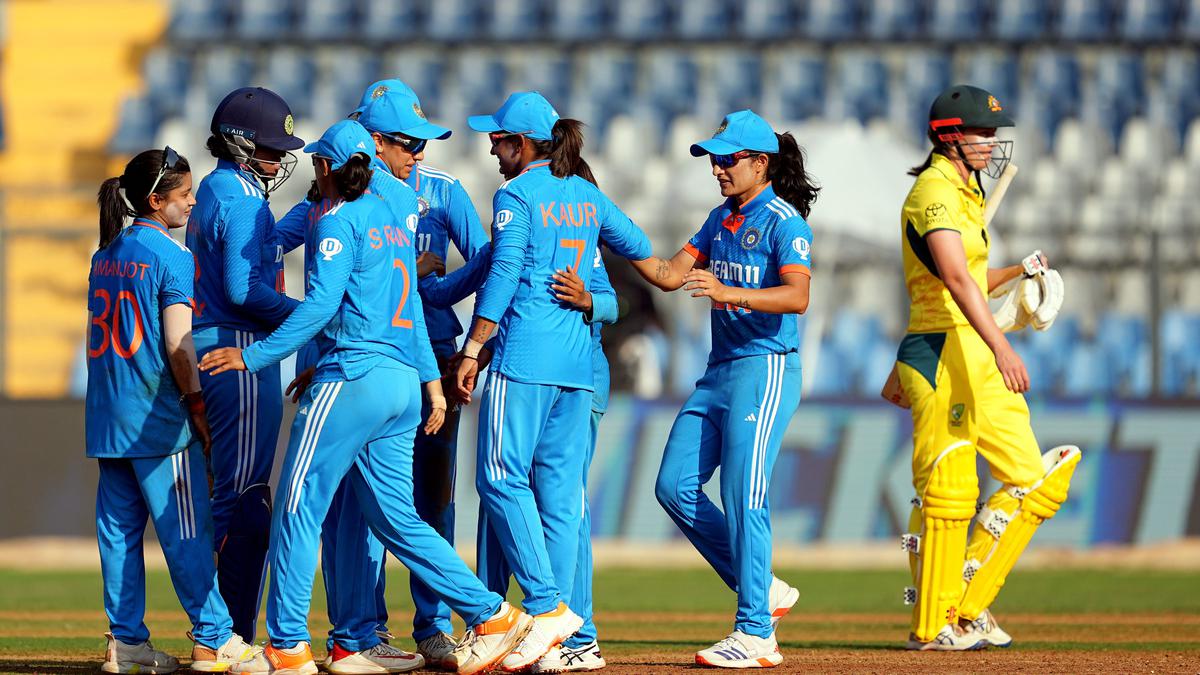
India Women's fielding was below-par against Australia, remains a work in progress: Muzumdar
The Hindu
India Women's fielding against Australia in ODI below par; head coach Muzumdar admits work in progress.
India Women’s fielding against Australia in the second ODI was below par, admitted head coach Amol Muzumdar and added that fielding remains a work in progress for the hosts who suffered a ninth consecutive series defeat against the Aussies.
India fought hard with the bat after making several errors in the field — including seven dropped catches — in the first half of the match here on Saturday as the visitors got over the line by three runs.
Australia have never lost an ODI series in India, a record which Alyssa Healy's side was able to maintain despite Richa Ghosh striking a fabulous 96 off 113 balls with 13 boundaries, after Deepti Sharma returned a five for 38.
“We are in a process of building it up, there is no doubt that our fielding was below par,” Muzumdar told the media in Mumbai at the Wankhede Stadium.
“We dropped about six catches. It always happens in a game, even they dropped a few. But having said that, we are still a work in progress. If we get time post this series I'm sure we will try and spend a lot of time on fielding and fitness,” Muzumdar said.
With Ghosh doing a single-handed job towards the end of India's chase, the think tank, perhaps, made another mistake by not sending Pooja Vastrakar ahead of Amanjot Kaur as the former had scored a fine 62 not out in the first ODI.

When fed into Latin, pusilla comes out denoting “very small”. The Baillon’s crake can be missed in the field, when it is at a distance, as the magnification of the human eye is woefully short of what it takes to pick up this tiny creature. The other factor is the Baillon’s crake’s predisposition to present less of itself: it moves about furtively and slides into the reeds at the slightest suspicion of being noticed. But if you are keen on observing the Baillon’s crake or the ruddy breasted crake in the field, in Chennai, this would be the best time to put in efforts towards that end. These birds live amidst reeds, the bulrushes, which are likely to lose their density now as they would shrivel and go brown, leaving wide gaps, thereby reducing the cover for these tiddly birds to stay inscrutable.












